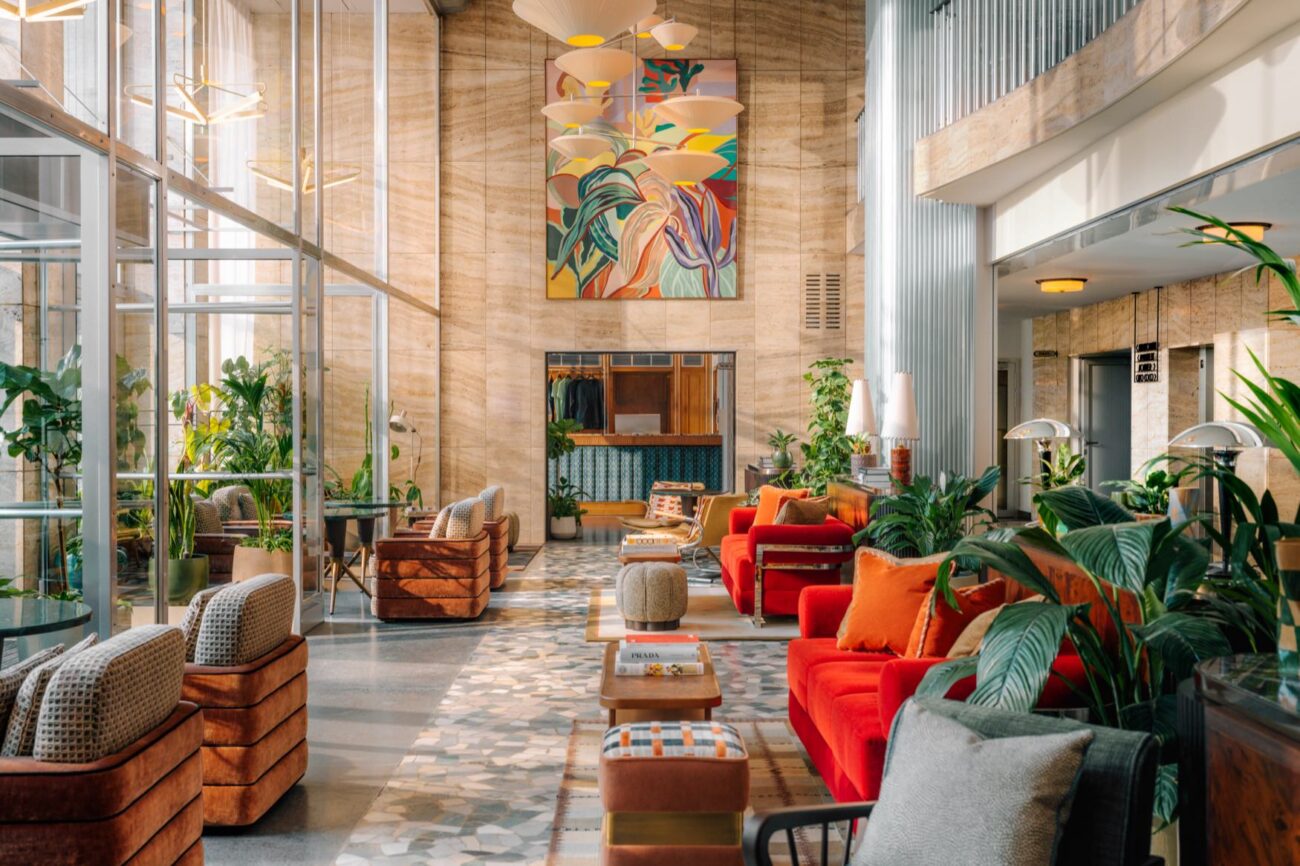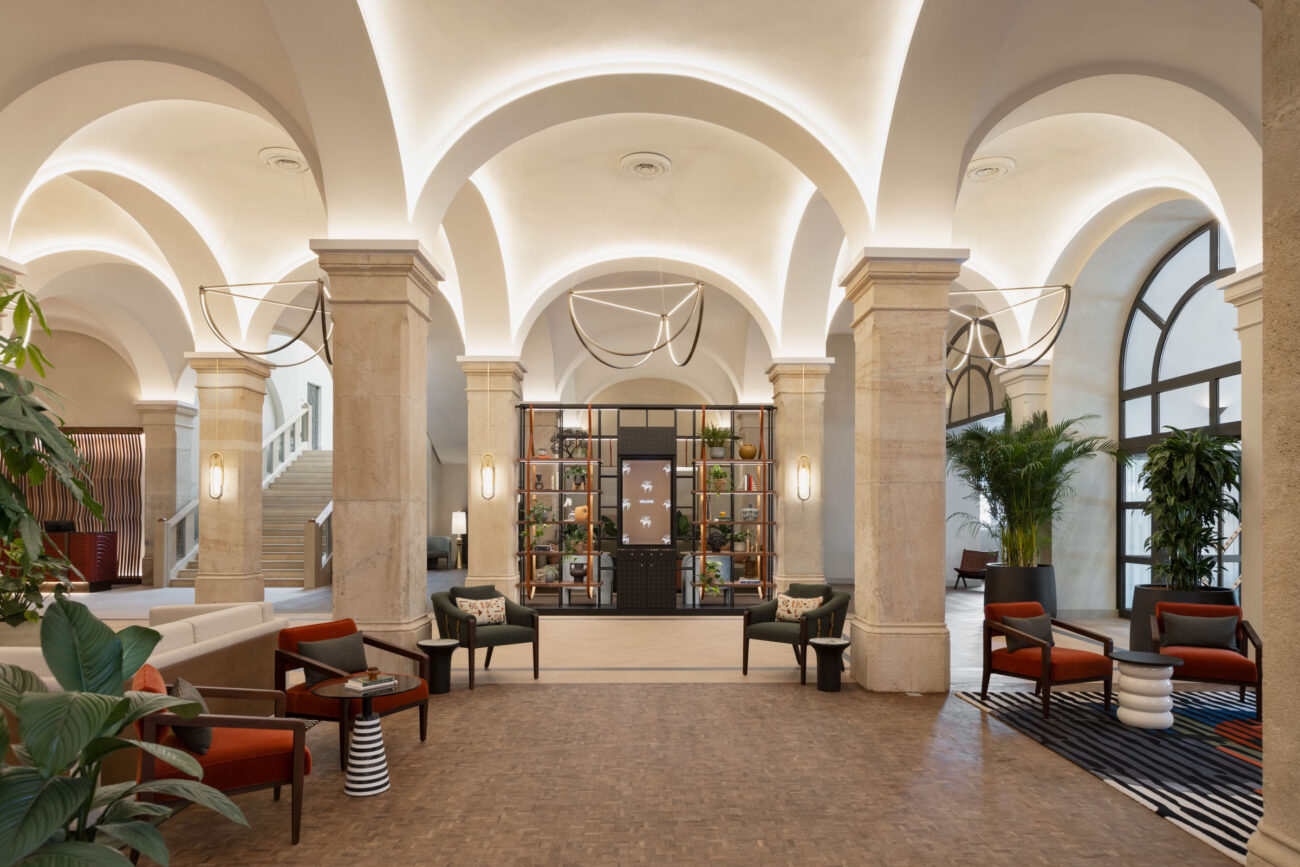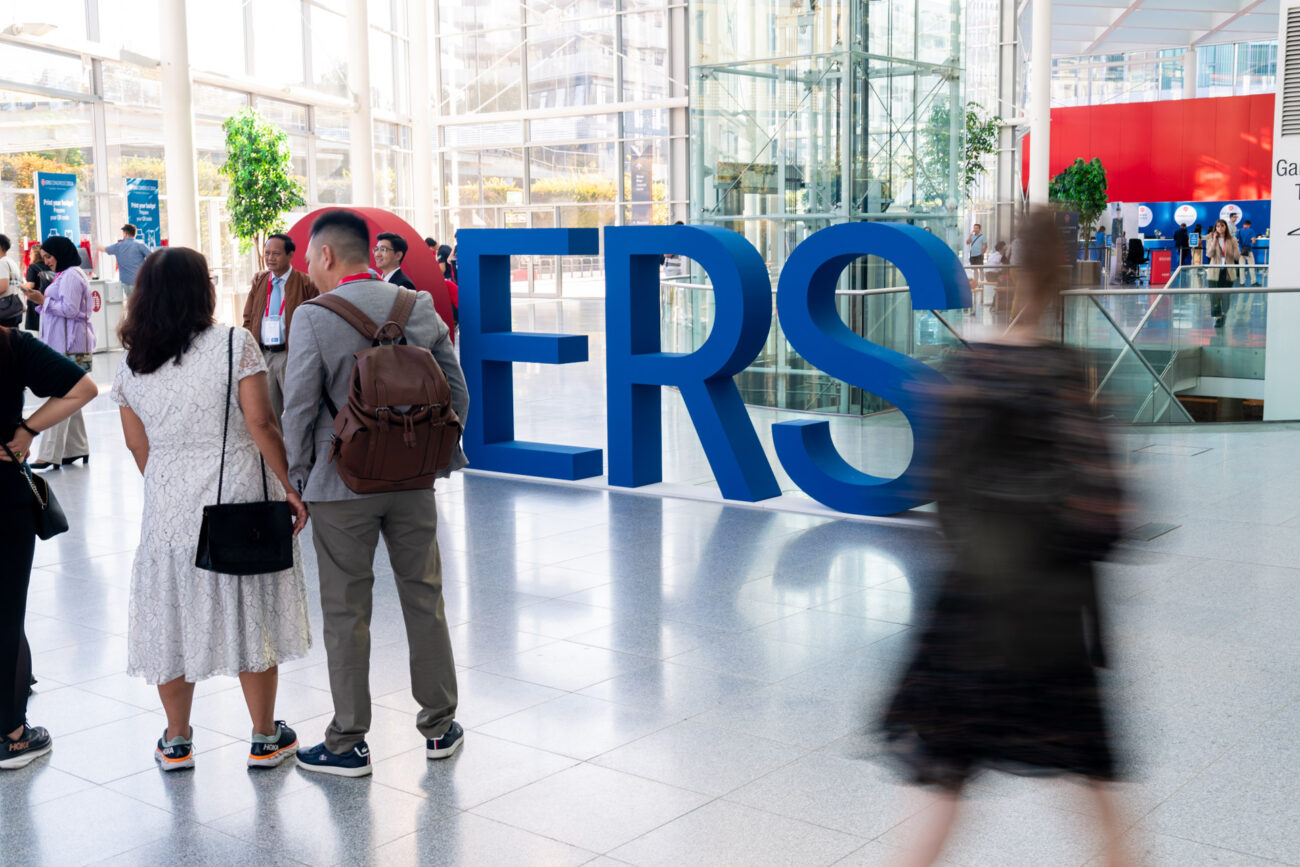One of Vienna’s biggest strengths lies in its ability to offer modern conference facilities within historical settings. Who hasn’t heard about the Hofburg Vienna, for instance? It definitely stands out not only for its grandeur but also for its versatility. Originally an imperial palace, it’s now one of the city’s premier conference venues, with spaces that can accommodate anywhere from 50 to over 1,000 delegates. Imagine hosting your event in a venue where history and modern technology come together so seamlessly…
Similarly, the Imperial Riding School, which recently reopened after a top-to-bottom renovation, offers a unique blend of history and innovation all over its 342 newly designed guest rooms. With its elegant spaces and a capacity to host conferences and meetings for up to 432 people over 13 rooms, it provides a sophisticated backdrop that echoes Vienna’s imperial past while catering to the modern needs of European and international associations.
Contemporary & Boutique
For a more contemporary and boutique feel, I had the pleasure of visiting (and staying at!) The Hoxton, Vienna, a cool hotel that can bring a more intimate yet stylish touch to meetings. It’s the perfect choice for smaller, high-end events with a capacity for around 200 attendee in the Auditorium.
For those seeking grandeur and luxurious experiences, there are the Almanac Palais Vienna and the Anantara Palais Hansen Vienna Hotel. The former is a brand-new sophisticated hotel located in the heart of Vienna, offering a blend of historic elegance and modern luxury. With beautifully designed meeting spaces, it can accommodate events ranging from intimate gatherings to larger meetings. Meanwhile, the Anantara Palais Hansen Vienna combines imperial charm with contemporary design. Its versatile meeting rooms can host up to 265 guests, while the ballroom – the biggest in the city – provides a perfect setting for large-scale events. The hotel will soon undergo a complete refurbishment that is due to be completed by March next year.
As for cultural immersion, the Wien Museum and the magnificent Kunsthistorisches Museum provide memorable settings, combining learning with cultural enrichment. The Wien Museum offers a deep dive into the city’s rich history, making it an ideal venue for events that blend education with local heritage, while its flexible spaces accommodate various types of meetings and exhibitions. As for the Kunsthistorisches Museum, one of the most renowned art institutions in the world, it provides a breathtaking backdrop for high-end events. Hosting a gathering surrounded by masterpieces from the Renaissance and Baroque periods will allow delegates to engage in both intellectual exchange and cultural appreciation.


An Academic Hub with a Global Appeal & Good Accessibility
Vienna’s accessibility is a decisive advantage when choosing it as a conference destination. The city’s Vienna International Airport is just a 16-minute train ride from the city centre, making it incredibly convenient for international delegates. Once in the city, Vienna’s public transportation system is reliable, affordable, and easy to navigate—an essential factor for busy conference schedules. Additionally, many of the city’s hotels and conference venues are centrally located, reducing the need for long commutes between sessions and accommodation.
But beyond the infrastructure, it’s the knowledge that is a big draw for association planners.
“One of Vienna’s greatest strengths is its ability to foster an environment where academia and industry come together,” said Anita Paic, Director of the Vienna Convention Bureau. “Our city is home to world-renowned institutions like the Medical University of Vienna, and we are at the heart of Europe’s research and innovation network. This makes Vienna an ideal destination for international associations looking to not only host conferences but also push the boundaries of global scientific knowledge.”
Enriching the Delegate Experience
Beyond the conference room, Vienna offers a cultural experience like no other. Between site visits, I was able to visit the iconic Café Landtmann, where Sigmund Freud would often be seen, and stroll through the magnificent city centre where there is really something from everyone. It’s easy to see why Vienna has such a high retention rate for international conferences—delegates want to return not only for the quality of the event but also for the enriching experience the city provides.
For a more unique touch, I also explored the Vollpension, a unique social enterprise that combines a café with a mission to bridge generations. Here, grandmothers and grandfathers bake and serve homemade pastries, creating a warm, nostalgic atmosphere while fostering intergenerational connections. Beyond offering delicious treats, Vollpension empowers seniors by providing meaningful employment and combatting social isolation. The café’s concept not only supports the elderly but also brings people of all ages together, making it a standout example of how social enterprise can create positive change in the community.

The European Respiratory Society Congress at Messe Wien
The European Respiratory Society (ERS) Congress, which was held at Messe Wien earlier this month, provided an ideal opportunity to witness the capabilities of this world-class venue. Messe Wien is one of the largest conference facilities in the city, with a capacity to accommodate up to 30,000 visitors. It is a popular choice for large-scale medical and scientific conferences, thanks to its modern infrastructure, flexible spaces, and excellent technical support.
One of the three largest European congresses in the world, the ERS Congress itself attracted thousands of participants from across the globe, reinforcing Vienna’s reputation as a city that seamlessly hosts high-profile events.
Interviewed right before the beginning of the event, Prof. Dr. Monika Gappa, ERS President, explained that the ERS, being the largest respiratory society globally with over 34,000 members from 160 countries, requires a venue that can accommodate their significant needs. “We expect more than 15,000 participants on site, so we need one of the largest conference centres available in Europe,” she said. Vienna, with its excellent infrastructure and large conference venues, has been a suitable choice. “Messe Wien is well-suited for us. We can host audiences of 2,000 people in one session while having smaller rooms for parallel sessions—we need a city that can handle that scale.”
In addition to the venue, Dr. Gappa highlighted the importance of a good public transportation system to minimize the event’s carbon footprint, something Vienna excels at. She also mentioned that the organization brings its own Congress infrastructure, but Vienna’s excellent organisation and resources complement ERS’s needs. “Vienna’s attractiveness as a city is also important, with its cultural highlights and reputation as a famous European capital, which appeals to our international participants.”
Vienna’s medical expertise was another key factor in selecting the city. “Vienna has a lot of expertise in the respiratory field,” Dr. Gappa stated, referencing the Austrian Pulmonology Society and the Pediatric Pulmonology Society, which are very active within ERS. “Austria was one of the first countries to launch a national respiratory coalition,” she added, underscoring Austria’s leadership in the field.
Dr. Gappa also spoke about the impact ERS hopes to have on Vienna beyond the scientific and educational content of the congress. “We hope to reach local politicians and the public through our large congress. This is part of the reason we hold press conferences.” ERS also uses these events to promote joint projects with the European Lung Foundation, particularly the “Healthy Lungs for Life” initiative, which aims to raise public awareness about lung health. “There will be public events in the city, and we’re hoping to extend activities to local schools, with collaborations from pediatric pulmonologists and other local specialists pushing these initiatives forward.”
In hosting their congress in Vienna, the ERS not only aims to facilitate knowledge transfer and scientific collaboration but also to leave a lasting impact on the local community, with initiatives that promote lung health awareness, education, and research. As Dr. Gappa noted, the alignment between Vienna’s strengths and ERS’s mission makes it an ideal location for this year’s event.